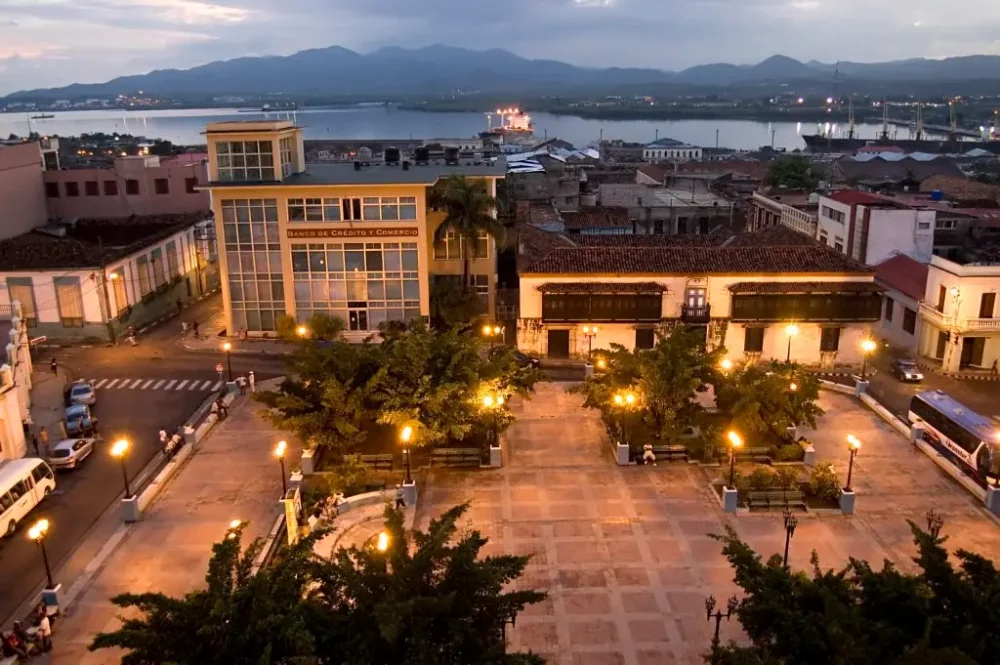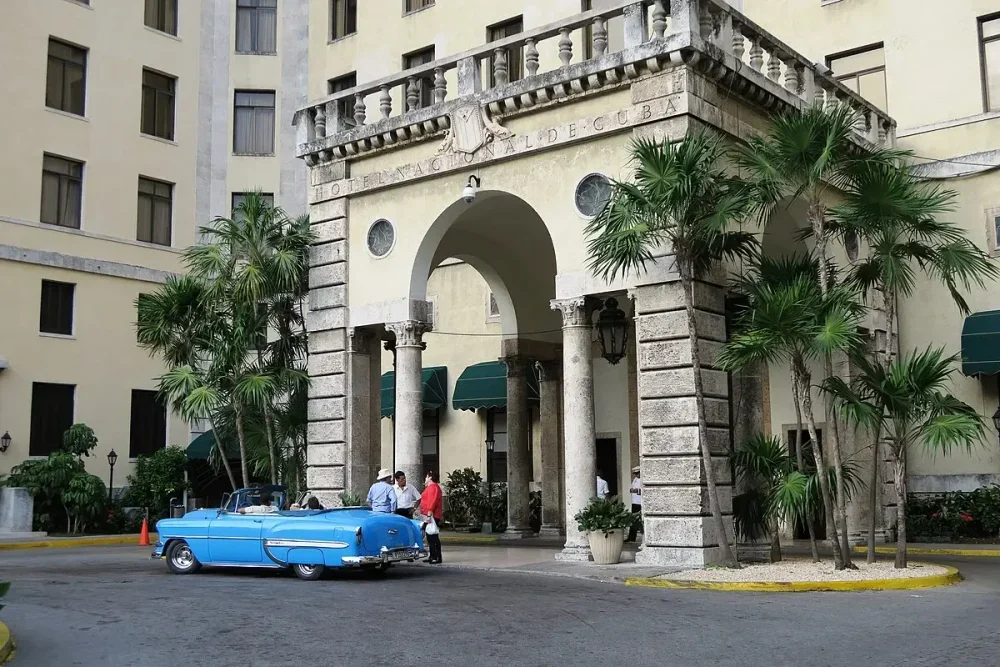Travel creates freedom, but requires careful preparation. The question of which medications to take on vacation becomes not a whim, but a necessity. Neglecting the first aid kit while traveling often ends in serious complications. It is important to understand the contents in advance so as not to join those who waste time and money searching for basic medications abroad.
Minimal set: which medications to take on vacation first
The list of medications depends on the destination, climate, duration of the trip, and personal medical characteristics. The travel kit is not assembled for beauty. Improperly assembled supplies provoke additional risks, especially with sudden changes in time zones and diet.

Medications for travel include a mandatory supply of: antipyretics, pain relievers, and medications for gastrointestinal disorders.
Travelers encounter new products and bacteria, so the stomach and intestines require special attention. High humidity, unfamiliar food, and viruses in transport quickly trigger symptoms of food infections. The main question is which medications to take on vacation to minimize consequences and avoid wasting time searching for a pharmacy.
Pain: urgent measures
Pain while traveling does not forgive delays. Pain relievers quickly alleviate headaches, toothaches, or muscle pain. The travel first aid kit includes remedies with paracetamol, ibuprofen, ketorolac. Quick assistance on a plane or at a bus stop can save the day of sightseeing.
First aid kit for a child: highlights for a seaside vacation
A first aid kit for a child at the seaside is a list that requires careful preparation. A child’s body reacts more sensitively to changes in climate and diet. The list includes antipyretics in syrups, plasters, medications for motion sickness in transport, and antihistamines. Sunscreen protects the child’s skin from burns, minimizing the risk of inflammation.
What to include in the vacation first aid kit for a child
The child’s kit must include rehydration solutions to quickly prevent dehydration during gastrointestinal disorders. For prevention and emergency assistance, children’s remedies for sore throat and fever will be useful. It is important to consider age restrictions and dosages.
Tourism and health: how to assemble a travel first aid kit
Preparation requires a thoughtful strategy. It is important for a tourist to adhere to the rules for transporting medications: prohibited drugs may be confiscated during customs clearance. The contents of the first aid kit are checked during the baggage and carry-on packing stage.
Vacation first aid kit: control and verification
When passing airport security, it is important to keep all liquid medications in packaging not exceeding 100 ml. Motion sickness medications, antihistamines, stomach and intestinal pain relief tablets are recommended to be placed in carry-on luggage for quick access.
Some countries restrict the import of medications containing codeine, pseudoephedrine, and strong pain relievers. The list of “medications not to take on a trip” should be clarified in advance. Violating customs requirements leads to delays and fines.
Border control: pharmacology and transport rules
Pharmacology imposes strict requirements on transporting medications. Customs in different countries restrict the import of potent drugs, so it is important to study the rules of the destination country before departure. In some states, a translation of the instructions or prescription in English is required.
Transporting medicines in checked baggage requires protection from temperature fluctuations. It is important to avoid placing medications sensitive to heat or freezing. Carry-on luggage is the optimal place to store essential medications needed on the way.
Tourism in hot countries requires increased attention to sun protection. Medications for sunburn on vacation include foams and gels with a cooling effect. Sunscreen protects the skin from burns, but violating sun exposure rules can lead to inflammation and severe pain.
Which medications to take on vacation: prevention and emergency assistance
A travel first aid kit should not turn into a mini-pharmacy. It is important to gather an optimal minimum, based on specific risks. Medications for gastrointestinal disorders are necessary when there is a sudden change in diet and water. Food poisoning often leads to dehydration, so rehydration solutions are a must.
Pain relievers alleviate inflammation, headaches, and muscle pain symptoms. In case of allergic reactions, antihistamines eliminate itching, skin redness, and swelling.
Diagnostics on the road are limited, so the vacation first aid kit must include remedies for symptomatic therapy before seeking medical help.
A pediatrician recommends including medications with a gentle effect and familiar to the child’s body in the first aid kit for a child. Often, a new medication at the seaside causes side effects. Proper preparation minimizes risks and speeds up recovery.
Tourism requires a quick response to symptoms of colds, viral infections, food poisoning, and inflammatory processes. In hot climates, the risk of dehydration, sunstroke, and burns increases, so prevention plays a central role in trip preparation.
Which medications to take on vacation: basic checklist
A first aid kit for international travel requires versatility. It includes:

- Antipyretics for rapid temperature reduction.
- Proven effective pain relievers.
- Motion sickness medications with minimal sedative effects.
- Antimicrobial gastrointestinal disorder medications.
- Sunscreen with an SPF level of at least 30.
- Sunburn remedies for vacation based on dexpanthenol.
- Plasters, antiseptics, bandages to cover wounds and prevent inflammation.
- Antihistamines for emergency relief of allergic symptoms.
- Rehydration solutions for dehydration.
- Special medications for children, including antipyretic syrups and ear pain drops.
Each item allows for a prompt response to changes in well-being and provides prevention of complications during the trip.
Conclusion
Contemplating which medications to take on vacation is like packing a suitcase at the last minute: if you are not prepared, you risk forgetting the most important things. The vacation first aid kit is not a decorative accessory but a personal “insurance policy” that will come to the rescue when access to medical care is limited, and symptoms do not wait.
 en
en  ar
ar  de
de  es
es  fr
fr  nl
nl  hi
hi  it
it  pt
pt  el
el 



